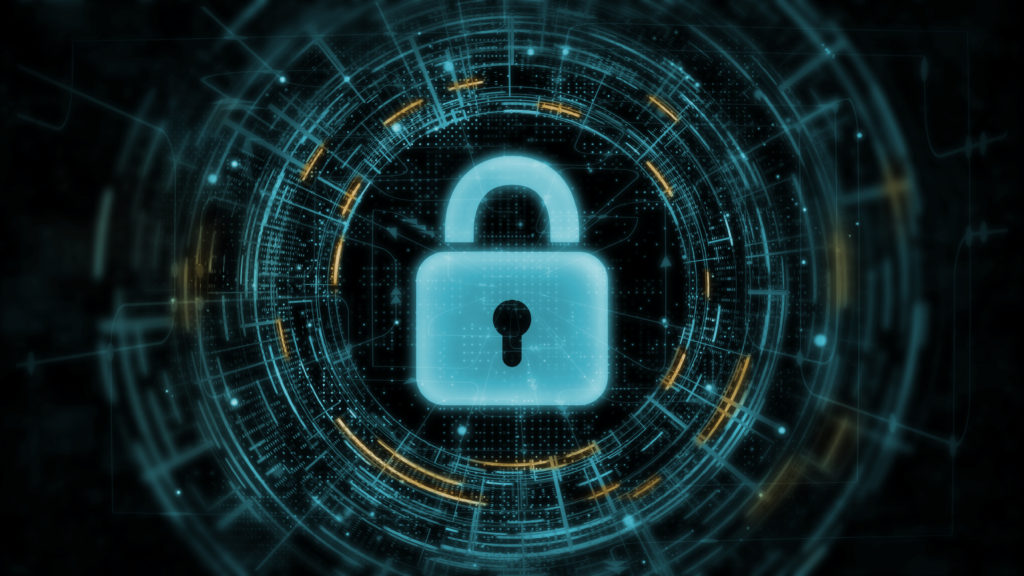The recent Colonial Pipeline cyberattack is causing state and federal government organizations to take effective courses of actions in response, including methods to help ease disruptions in truck movement. The ransomware attack, which is believed to have ties to a criminal gang, caused the network reaching from Texas all the way to New Jersey to immediately cease its operations.
For states that have been particularly impacted, a solution to help these effects is being offered by the U.S. Department of Transportation. States covered by presidential declarations of disaster–declarations released within the last four months–are able to transport overweight fuel and gasoline loads by using interstate highways, DOT announced.
“Each state must continue to follow its own procedures for issuance of special permits authorizing the loads, but the added flexibility announced today lawfully permits these trucks to run on the interstate highway system and other federal highways,” explained DOT in its announcement.
This state comes after another recent announcement released by the Federal Motor Carrier Safety Administration aiming to offer hours-of-service regulation relief to truck drivers operating within East Coast petroleum supply chains. The hours-of-service flexibility applied to the states of Alabama, Arkansas, Delaware, Florida, Georgia, Kentucky, Louisiana, Maryland, Mississippi, New Jersey, New York, North Dakota, Pennsylvania, South Carolina, Tennessee, Texas, Virginia, Washington D.C., and West Virginia.
To efficiently assess the capacity of railroad operators to transport fuel between inland communities and coastal ports, the Federal Railroad administration has implemented a specific emergency action plan, and other DOT organizations have been actively making efforts as well.
For the permission of trucks to operate on interstate highways, previous presidential declarations have allowed such emergency protocol updates to last for up to four months, and those instated will be expiring at different times throughout the year. For example. Alabama, Georgia, Kentucky, Louisiana, Maryland, Mississippi, New Jersey, North Carolina, Tennessee, and Virginia are covered for a while, but Maryland’s 120-day period will end in early June and Virginia’s in early September.
Pipeline operator qualification regulations have been temporarily relaxed for emergency workers needed to help the partial manual of the system get back up and running. This announcement, set forth by the Pipeline and Hazardous Materials Safety Administration, is only applicable to places operating without appropriate resources for the Colonial Pipeline–a result of the recent cyberattack.
The incident has brought forth responses from many state officials, including Georgia Governor Brian Kemp’s signing of a state of emergency which suspended state fuel taxes and permitted fuel haulers to bypass weigh stations. The state of emergency also prohibited fuel price gouging. In Florida, Governor Ron DeSantis signed a state of emergency allowing the Florida Department of Transportation to waive restrictions on weight and size for divisible loads on vehicles that are actively helping in emergency response efforts.
Additionally, executive orders were signed by Virginia Governor Ralph Northam to allow state agencies to offer waivers to marshal public resources, by North Carolina Governor Roy Cooper to suspend motor vehicle regulations in an effort to allow state fuel supplies to be sufficient, and by Maryland Governor Larry Hogan to waive hours-of-service requirements and weight restrictions for carriers.
“Many states are working in concert to minimize the disruption of fuel supplies,” said Kentucky Transportation Cabinet Secretary Jim Gray. “Our cabinet is doing its part to help ensure that needed relief gets to the affected areas.” Gray signed an order to suspend motor carrier restrictions involving the transportation of ethanol and petroleum to states that have been impacted by these interruptions.
A multi-agency response has also been implemented by the Biden administration, and includes the departments of Justice, Homeland Security, Treasury, Energy, and Defense; the Cybersecurity and Infrastructure Security Agency; the Environmental Protection Agency; the Federal Energy Regulatory Commission; and the Department of Transportation. To gain a better understanding of the cyberattack and its effects on energy and fuel supply, these organizations have been meeting regularly.
“ATA is aware of some locations being temporarily out of diesel fuel, but we are not hearing reports of it being a widespread issue yet,” said spokesman for American Trucking Associations, Sean McNally, who noted that other freight industry members are also doing their part to solve this problem. “We are closely monitoring the situation and are providing information to our members as needed.”



